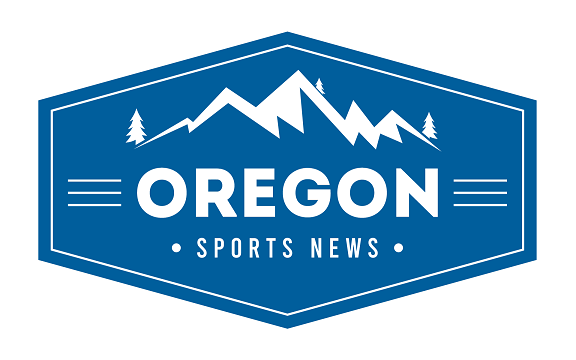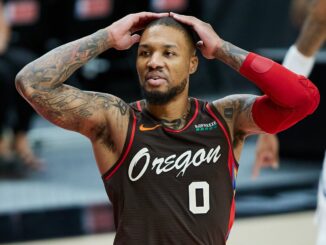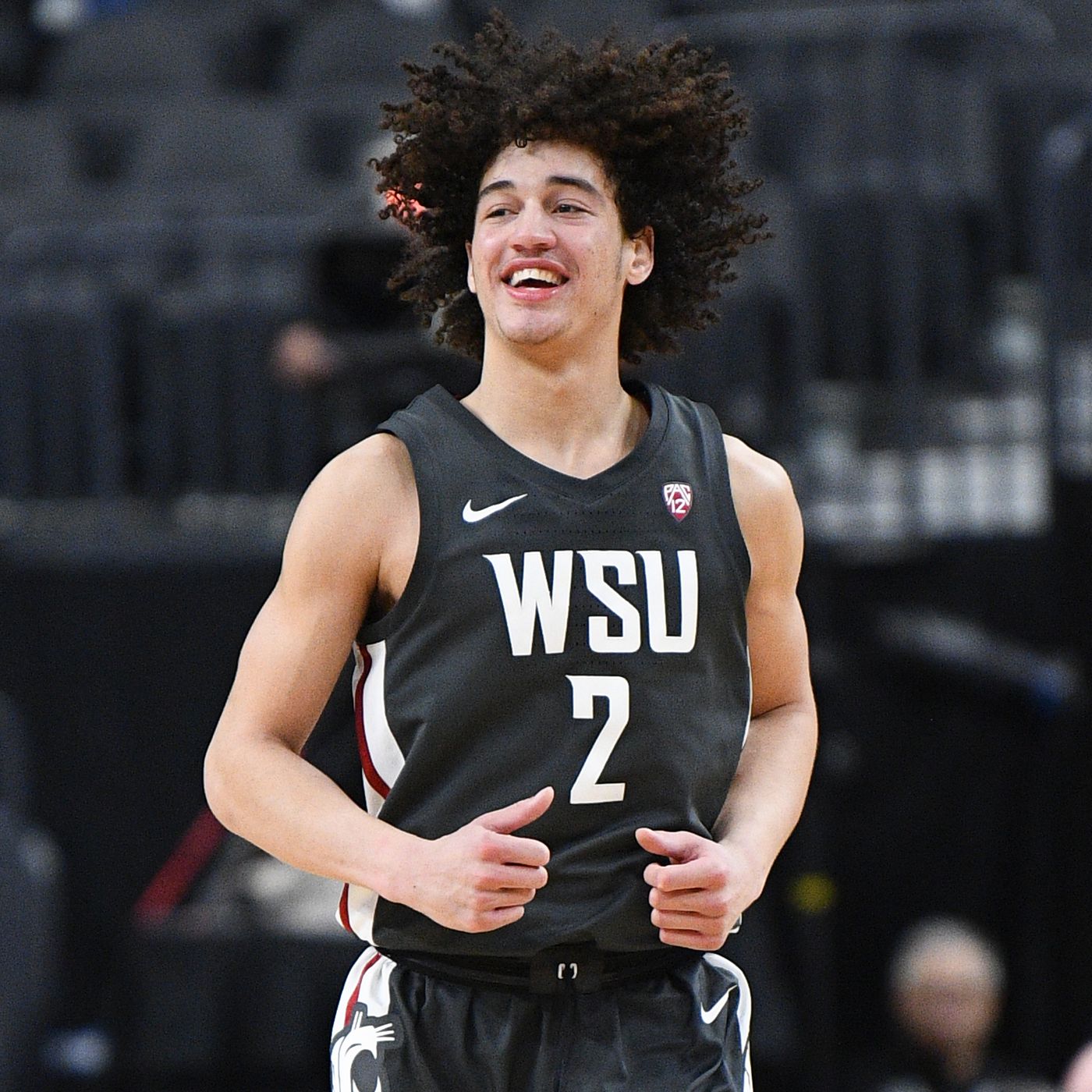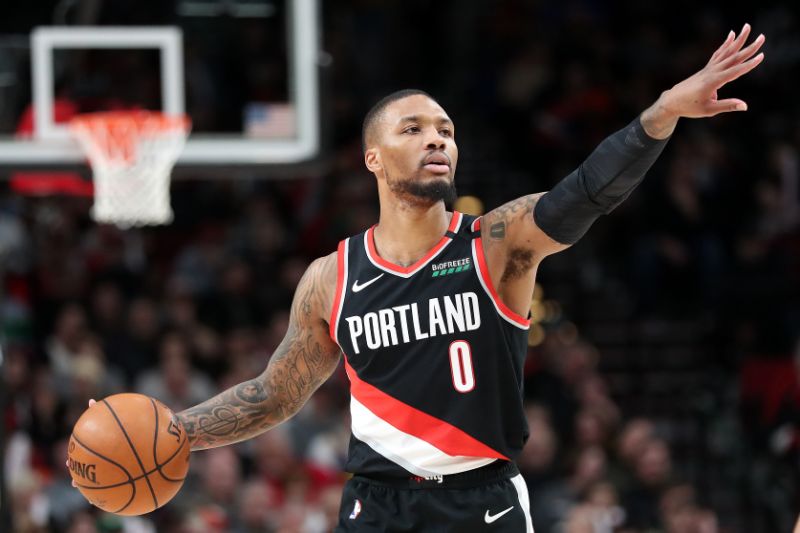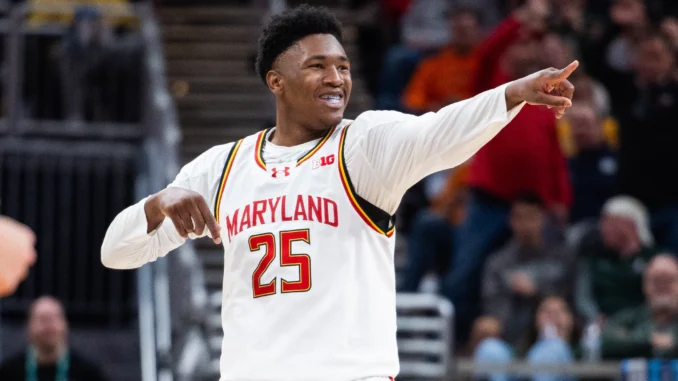
The 2025 NBA draft lottery took place on Monday evening, setting the stage for what could be a pivotal offseason for various teams in the NBA. In a draft lottery that mostly played to script, the Dallas Mavericks grabbed the spotlight, leaping to the number 1 overall pick and flipping the 2025 NBA draft narrative on its head. It was a seismic leap for a franchise that seemed destined for a treadmill of under-par performances after the Luka Doncic trade.
Meanwhile, the Portland Trail Blazers landed the number 11 pick, a placement largely in line with the expectations and recent projections.
With the No. 11 pick in hand, the Portland Trail Blazers find themselves in a place very few teams would want to be during a roster overhaul. It’s the kind of draft real estate that forces a front office to get creative and test its scouting acumen or instead throw the dice and turn the picks into progress.
What the No. 11 Pick Really Means for the Portland Trail Blazers
Landing the No.11 pick in this year’s NBA draft feels like the ultimate test of patience for the Portland Trail Blazers. The Portland Trail Blazers entered the lottery with a 9.4% chance of jumping into the top-four, but after losing the tie-breaker with the Phoenix Suns, the franchise watched their rather slim odds slipping away. In hindsight, this was a rather disappointing outcome, specifically for a team that actually spent so much time of their season prioritizing player development over wins.
On paper, the No. 11 pick is not a franchise-altering position. It lacks the luster and presumed upside of a top 5 selection. However, in today’s basketball, specifically the NBA, where scouting has evolved and player development paths are less linear than before, picks outside the top 10 can still yield gold. The draft, after all, is filled with plenty of examples where teams have been able to find gems outside the spotlight.
That being said, the Portland Trail Blazers now have an opportunity to identify a player who, while he may not be a top 5 prospect, will still be a major contributor in the years to come. Looking back, we have seen a few players who were not top 5 prospects, but still ended up being crucial players for the respective franchise. Notable examples include Donovan Mitchell, who was drafted at No. 13 and is now a perennial all-star and centerpiece player.
Another important mention is Tyrese Haliburton, who was drafted at no.12 and is not only the surging face of the franchise, but the young star has managed to lead his franchise to a conference final in this year’s play-offs. Jalen Williams is another player who was nowhere near the top of his class, being drafted at no. 12 by OKC, and has slowly transformed into a versatile two-way force and a key cog in one of the most dominant teams in the NBA in recent years.
None of these players was a top 5 pick, but they have ended up outperforming many players who were drafted ahead of them. For the Portland Trail Blazers, the no. 11 selection may not carry the promise of a generational prospect, but it still offers something arguably more important at this stage: a chance to get it right.
Whether that means drafting a high-upside project to mold alongside Shaedon Sharpe and Scoot Henderson, or finding an NBA-ready contributor who can easily elevate the team’s floor right away, this pick is less about splash and more about fit. And in a rebuild, fit is everything.
If the Board Holds: Four Names That Portland Trail Blazers Could Call at No. 11
Derik Queen
13.5 PTS 7.5 REB
Height 6 ‘9 Weight 240 lbs.
Class: Freshman
Odds: 71.8%
Derik Queen is the type of front-court mastermind who does not just play the game; he processes it. The former 5-star Maryland big man possesses one of the most polished low-post games, with soft hands, clever footwork, and the type of touch that makes him a throwback in all the best ways. When it’s all said and done, do not mistake the big man for being struck in the past; he’s a modern center with underrated playmaking vision and instincts to facilitate offense from the elbows to the short corner.
For a team that’s still carving out its identity, Queen offers a degree of stability. He’s not the rim-running shot-blocker archetype, but his feel is off the charts. Offensively, he thrives in a slow-it-down half-court setting, where precision matters more than pace. Definitely, he’s more passionately sound than explosive, but he compensates with savvy rotations and strength.
Carter Bryant
14.3 PTS 5.8 REB
Height 6’8 Weight 210 lbs
Class: Freshman
Odds: 57.2%
Long fluid and brimming with upside, Carter Bryant may just be one of the most intriguing swings for the fence prospects outside the top 10. At 6 ‘8 with a skinny frame and a gliding stride, the freshman forward out of Arizona projects as a do-it-all wing who, with the right development, could ultimately grow into a legitimate two-way problem.
Bryant’s appeal lies in his offensive versatility. He has a smooth shooting stroke from the perimeter, can put the ball on the floor in transition, and has shown flashes of creative scoring off the bounce. His ceiling as a three-level scorer is what makes scouts more interested in the young prodigy. On the defensive end, Bryant still has room to grow, particularly in terms of awareness and strength, but his length allows him to contest shots and close space quickly.
Noa Essengue
12.2 PTS 9.1REBS
Height: 6’9 Weight: 22lbs.
Class: Freshman
Odds: 47.6%
If the Portland Trail Blazers are serious about adding defensive toughness and rim protection without compromising long-term upside, then Noa Essengue is a name that they should definitely keep a close eye on. The freshman out of Kansas is not generating the same buzz as some of his peers, but his profile checks a lot of boxes for what Portland needs in the frontcourt— versatility, athleticism, and a relentless motor on the glass.
Standing at 6’9 with a 7’2 wingspan, Essengue is a true disruptor around the rim. He is quick off his feet, an instinctual shot-blocker, and thrives in scramble situations where his mobility and length often shine the most. Offensively, Essengue may be somewhat raw, but still highly talented.
Even though Essengue might not be a finished product, he still embodies the type of defensive identity Portland is trying to build, and those traits are hard to come by outside the top 5 in the draft lottery.
Collin Murray-Boyles
16.8 PTS 8.3 REB
Height 6’7 Weight 245 lbs.
Class: Sophomore
Odds: 63.4%
While he may not be the most sought-after player in this year’s NBA draft, Collin Murray-Boyles’ game screams the Portland Trail Blazers. The South Carolina forward is a rugged, high-motor presence who brings relentless energy on the defensive end. Measuring 6’7 with a powerful frame and broad shoulders, the young star thrives as a positionless defender, who is capable of switching to wings, guards, and blowing up actions with keen anticipation and quick feet.
Offensively, Murray-Boyles is still working on his skills. Despite all this, Murray-Boyles is still a willing finisher in traffic, a strong screen setter, and a sneaky decision maker in short-roll situations. His high basketball IQ and unselfishness make him a crucial and connective piece for the Portland Trail Blazers. That being said, while he may not be a crack on the lottery, he still represents the type of under-the-radar selection that the Portland Trail Blazers have historically molded into long-term contributors, gritty, smart, and quietly impactful.
Trade Possibilities: Turning Picks into Progress
While selecting at No. 11 is a viable and potentially fruitful path for the Portland Trail Blazers, the franchise also has to consider another strategic lever: trading for a pick. In a rebuild where timing, fit, and development windows matter just as much as raw talent, using the No. 11 pick as a trade asset may offer a more immediate route to progress, especially if the front office believes that the roster is one key player away from cohesion.
If the Portland Trail Blazers opt to pivot from drafting, they will need to be a little aggressive but smart. Names like Mikal Bridges, Brandon Ingram, and OG Anunoby have been floated around the league circles as players who may be on the move this summer.
One realistic path for the Portland Trail Blazers could be using the No. 11 pick as part of a larger trade package to acquire a high-end forward who can defend, shoot, and grow with the core. Another possibility for the Portland Trail Blazers would be to trade up into the top 7 in the draft if the Portland Trail Blazers are able to identify a true difference maker and has the assets to tempt a team into looking to move back.
Conclusion
For the Portland Trail Blazers, the no. 11 pick for sure does not promise headlines, but it does present a crossroads. Whether the front office decides to hold firm and bank on the upside or leverage the selection as trade capital, the decision to be made will speak volumes about the franchise’s vision and timeline. Being stuck in the middle is not where any franchise may want to be, but with the right move, this does not have to be a permanent address.
In a draft without many clear-cut standouts but still offering a range of promising prospects, the challenge for the Portland Trail Blazers is not just about making a selection; it’s about ensuring that the choice to be made aligns with the broader vision of the franchise. In the context of a total overhaul, every single move matters.
